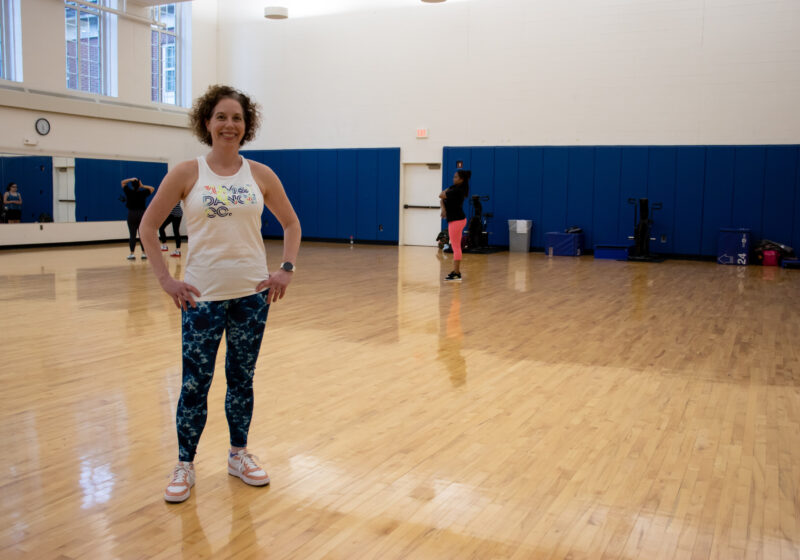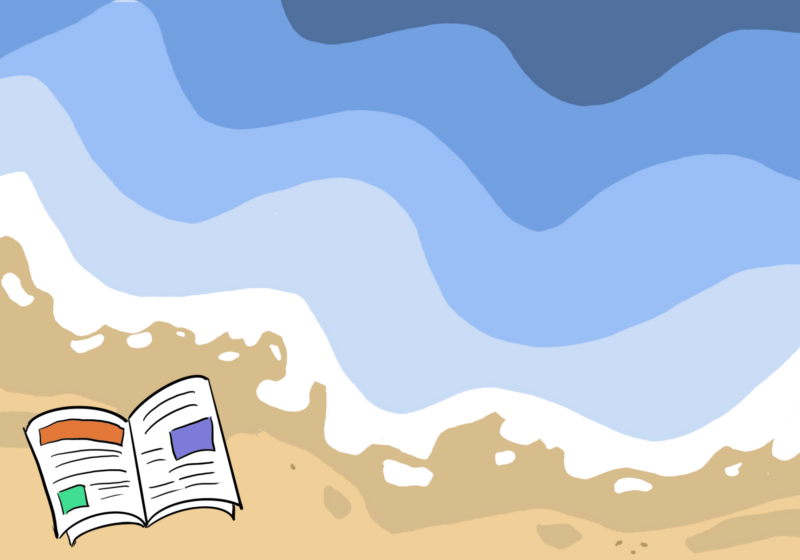Ossia New Music, the student-run ensemble organization at the Eastman School of Music, began its 2003 season on Oct. 14 with a concert at the Rochester Contemporary featuring string quartets by two living German composers – Helmut Lachenmann and Wolfgang Rihm.
Seth Brodsky, who is doing his doctoral dissertation in musicology through Eastman, submitted his proposal for this concert last spring. In his opening speech the night of the concert, Brodsky discussed the philosophical ideas behind the two string quartets that were played that evening, and even referred to Adorno’s “Beet-hoven” while commenting on the spirit of the two quartets.
He reminded the audience that these pieces, written in the ’70s, have already been imitated by other composers and would now sound very old-fashioned in Europe, where the style of Steve Reich currently reigns.
In his music, Lachenmann is concerned with “art as a foretaste of freedom in an age without freedom” and aims to compose music that is “able to reflect anything – including the illusion of progressiveness.”
While many listeners who are unfamiliar with contemporary music tend to expect this type of music to create an unclear and amorphic illusion, Lachenmann’s string quartet “Gran Torso” does not. Instead, it develops steadily by following Lachenmann’s ideal of music, which relies “uniquely upon its compositional clarity and logic” without using the typical string instrument sounds.
The performers played different scratch tones, noises, tremollos on the wood and also literally knocked on the body of their instruments.
Heather Gardner played the barely audible, yet lengthy viola solo, which Brodsky called “the best viola joke in history.” It was performed at a slow tempo on the bridge only, causing the entire audience to hold its breath for several minutes.
The quartet – consisting of violinists Chris Otto and Ari Streisfeld, Gardner and cellist Kevin MacFarland deserve special congratulations for following all of the written instructions and for giving a thrilling performance of the piece.
Rihm, the composer of second quartet that was titled “Im Innersten,” has different ideas about music. He pleads “for an enigmatic, clear, confused and impassionate music, an exact and astonishing music, like human existence itself.”
The style of the piece consists of the combination of several different musical languages, and extremes in both articulation and dynamics. The first five movements add to a large palindromic structure, with the first and fifth being violent, loud and using contrasting dynamics.
On the other hand, the second and fourth movements were essentially four-part chorales. Interestingly, while the first choral was clearly tonal, the second one was simply triadic, giving the illusion of tonality.
The last movement has the same role as a summary of the piece. However, the motives from all other movements are juxtaposed, instead of combined. Even though this piece does not utilize a single musical language, its style is united around the spirit of commemoration of expressionism.
Violinists Courtney Orlando and Otto, violist John Richards and cellist Suzee Kelley did exactly as the composer and the style of the piece demand – overemphasizing both dynamics and technique.
Listening to the exaggerated loud vibrato I couldn’t help but link Rihm’s statement that “everything about music is pathetic” with Adorno’s belief “everything about music is pathetic” with Adorno’s thought that “tonality in general, that is, the whole system of bourgeois music, is irrevocably lost to us, and is perceived only as something vanishing from sight.”
The second Ossia concert, featuring the same two composers, took part in Kilbourn Hall on Thursday when Brad Lubman conducted Rihm’s “Silence to be beaten”, “Gejagte form” and Lachnemann’s “Movement – vor der Erstarrung”.
Everyone is encouraged to attend the next Ossia concert on December 1st at 8 p.m. in Kilbourn Hall, when the group will perform pieces by Eastman student composers Marco Alunno, Matt Barber, Christopher Brakel, Jon Forshee and Vera Ivanova.
Ossia New Music is a student-run musical organization, which bases its concerts on programming proposals submitted during the concert season before. Anybody can submit a proposal either for a piece, or for an entire concert. Ossia has two deadlines for concert proposals for pieces and/or entire concerts to be scheduled during the upcoming academic year. Anybody can submit a proposal to the board. Currently, Ossia is looking for proposals including yet-to-be-written pieces by composers. The deadline for these proposals is Dec. 1. Another deadline, this time for pieces that have already been written, will be during the spring semester, with a specific date to be announced later. For any additional information regarding this adventurous music group – including concert schedules, proposal forms and contact information – please visit their Web site at www.ossianewmusic.org.
Fol can be reached at afol@campustimes.org.

